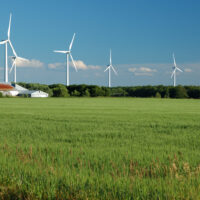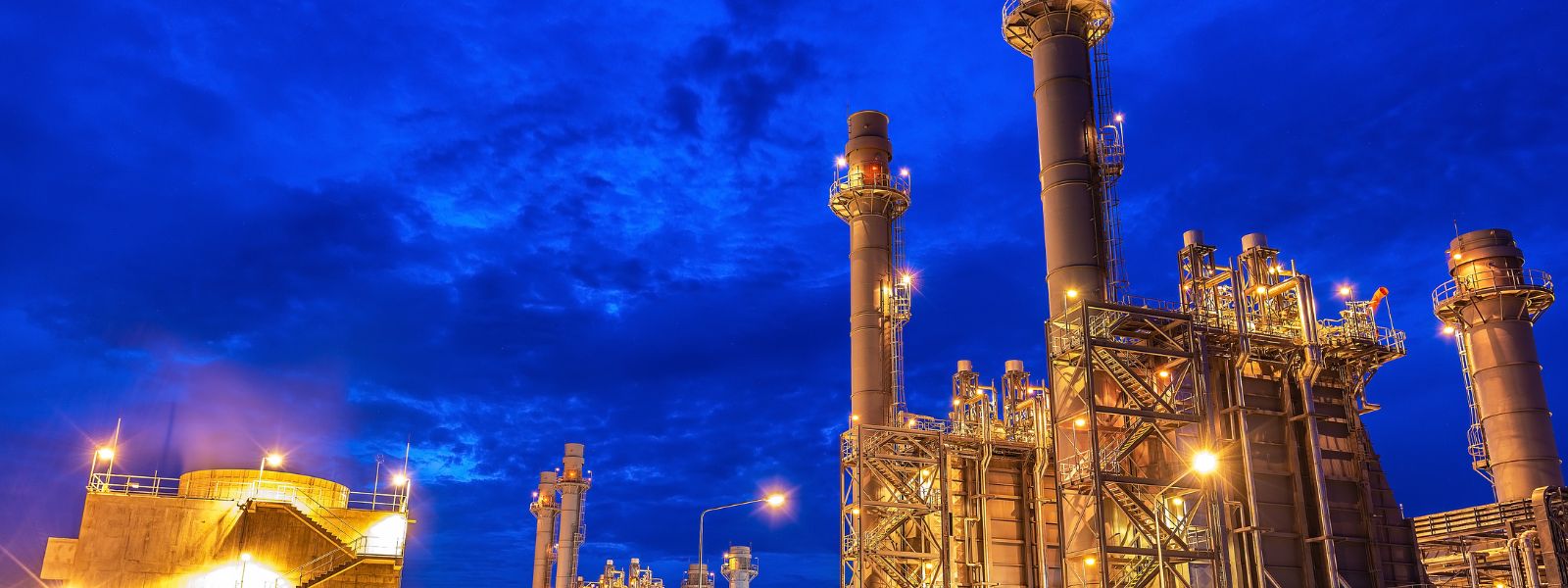Mitigation
How can Canada reduce its emissions?

Budget 2024 will continue to advance climate progress in ways that drive growth and economic competitiveness while keeping energy affordable.





How can Canada reduce its emissions?
How can Canada adapt to a changing climate?
How can Canada succeed through the global low-carbon transition?

Aligning the oil and gas sector with a net zero pathway.

A series of reports assessing the costs of accelerating climate damages—and what we can do about them.

How can Canada achieve net zero by 2050? We analyzed over 60 possible scenarios and identified safe bets and wild cards.